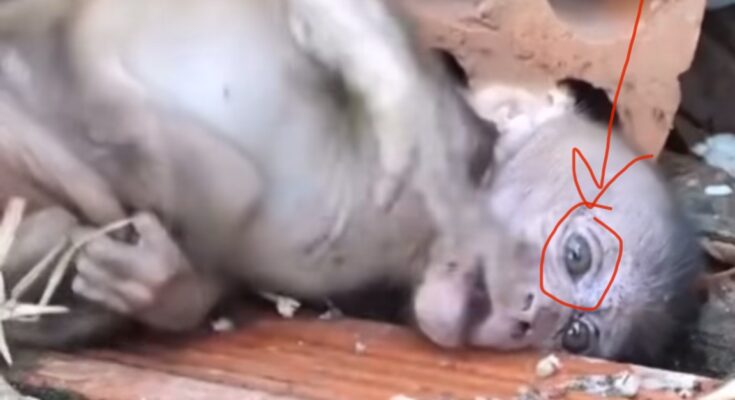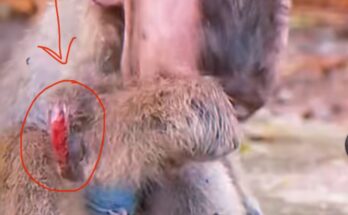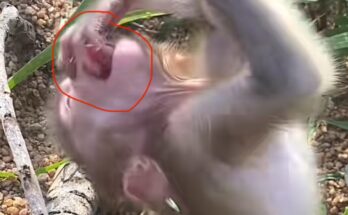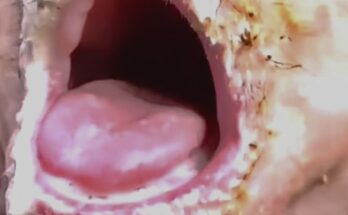Ant bites are common in wildlife, especially for curious and playful baby monkeys. While many ant bites are harmless, some can cause discomfort, allergic reactions, or even infections. Understanding proper first aid methods can help caregivers, wildlife rescuers, or sanctuary staff respond quickly to protect the health and well-being of the young primate.
Recognizing the Symptoms of an Ant Bite
Baby monkeys, like human infants, are sensitive and prone to stress from even minor injuries. Signs that a baby monkey has been bitten by an ant include:
-
Red, swollen patches on the skin
-
Scratching or biting at the affected area
-
Whimpering, restlessness, or signs of distress
-
Small pustules or blistering (in the case of fire ant stings)
In most cases, ant bites are not life-threatening, but timely first aid is crucial to minimize discomfort and prevent complications.
Step-by-Step First Aid for Ant Bites
1. Remove the Baby from the Infested Area
Immediately move the baby monkey to a clean, safe area. Look for any remaining ants on its fur or skin and gently brush them away using a soft cloth or gloved hand.
2. Calm and Restrain the Monkey Gently
A stressed or frightened baby monkey may move excessively or resist handling. Wrap the monkey gently in a soft towel to keep it calm and to prevent it from scratching or worsening the bite.
3. Examine the Bite Area
Carefully part the fur to inspect the skin. Look for multiple bites, redness, or swelling. If pustules have formed, avoid popping them as it can lead to infection.
4. Clean the Affected Area
Use a clean, damp cloth soaked in cool, sterile water to gently cleanse the bitten area. For further cleaning, a mild antiseptic solution (like diluted Betadine or chlorhexidine) can be applied using cotton swabs.
5. Apply a Cold Compress
Wrap a cold pack or ice cube in a cloth and apply it gently to the bite area for 5–10 minutes. This helps reduce swelling, itching, and discomfort. Never apply ice directly to the skin.
6. Monitor for Allergic Reactions
Watch for signs of an allergic reaction, which can include:
-
Difficulty breathing
-
Excessive swelling
-
Pale gums or lethargy
If any of these occur, seek emergency veterinary care immediately.
7. Prevent Infection
Apply a topical antibiotic ointment (veterinary-approved) to reduce the risk of infection. Ensure the monkey does not lick or scratch the area afterward.
8. Observe for 24–48 Hours
Monitor the monkey’s behavior, appetite, and the bite site. If symptoms worsen or the monkey appears unwell, consult a veterinarian or primate care specialist.
Final Thoughts
While ant bites on baby monkeys are often minor, prompt first aid and monitoring are essential. In sanctuaries or rescue centers, it’s also important to inspect enclosures for ant infestations and take preventative steps. Providing a clean, safe environment and learning basic first aid can make a life-saving difference in the care of young primates.



